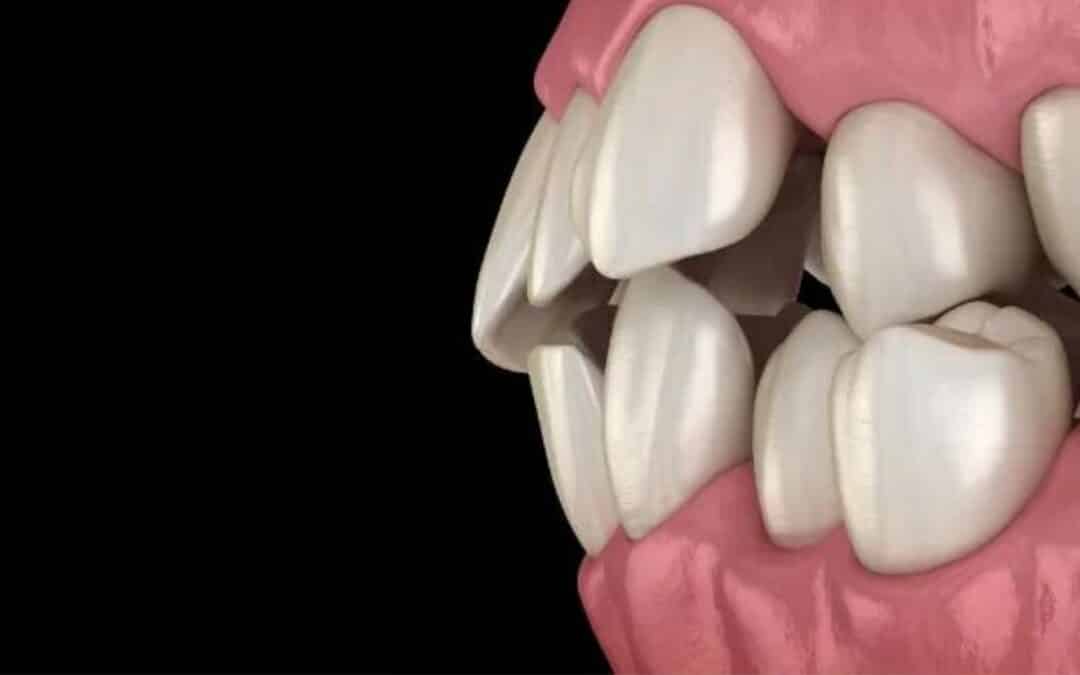To Align or Not to Align: The Crooked Teeth Conundrum
In a society where one’s smile frequently makes an impression, the question of whether or not to straighten teeth is one that many people find attractive. Some think a jagged smile adds character, but others find it makes them self-conscious. This discussion encompasses issues of money, self-identity, health, and aesthetic considerations. As we dive into the nuances of this contemporary dental dilemma, let’s examine the arguments for and against the adjustment of mismatched teeth.
The Case for Correction: Health and Aesthetics
Professionally speaking, dentists contend that having straight teeth is essential to maintaining oral health rather than just having a beautiful smile. Malocclusion, the dental word for misaligned teeth, can lead to various issues. They can make it difficult to practice good dental hygiene, which raises the risk of plaque buildup, tooth decay, and gum disease. They can also interfere with effective chewing, which can cause stomach problems. Incorrect alignment can also put excessive strain on the jaw, resulting in temporomandibular joint issues, headaches, and persistent pain.
With the recent developments in Orthodontic procedures, the discomfort of straightening teeth has also decreased considerably. Discreet treatment options like lingual braces and transparent aligners lessen the self-consciousness associated with traditional metal braces.
Furthermore, in a culture that frequently prioritizes beauty, the visual advantages of straight teeth are significant and should not be carelessly disregarded. Usually, a symmetrical smile is regarded as attractive and beneficial in social situations. This perspective can boost confidence and self-esteem while impacting interpersonal and professional relationships.
Financial and Temporal (Long-term)Adjustments
Nevertheless, choosing orthodontic treatment requires a considerable financial outlay. Aligners or braces can be expensive, and insurance may not cover these cosmetic procedures. Additionally, orthodontic treatments require a temporal commitment; they are not a panacea. Depending on the case’s intricacy and the chosen course of therapy, they may last anywhere from a few months to many years. Patients may need to make dietary adjustments and schedule frequent appointments with their orthodontist during this time.
The Argument Against Embracing Uniqueness and Avoiding Risks
On the other hand, there is a case for accepting inherent uniqueness. Culture has changed in recent years toward appreciating individual uniqueness, such as the grins on our faces. Famous people and famous figures have shown off their imperfect teeth, showcasing the charm and individuality that these peculiarities bring. This acceptance may result from a more inclusive definition of beauty that honors the inherent diversity of human traits.
Additionally, there are hazards associated with orthodontic correction, just like with other medical procedures. Periodically, problems like root resorption—a condition in which the roots of the teeth shorten—may arise from orthodontic therapy. Additionally, when you don’t use retainers as prescribed after treatment, there is a chance of relapse, in which teeth progressively return to their previous positions, causing teeth to revert to their initial positions gradually.
The Psychological Aspect: Confidence vs. Authenticity
The decision to have one’s teeth straightened has several psychological implications. For some, the increase in self-assurance could result in significant improvements in their personal and professional lives. However, for some people, defying social pressure to live up to a specific ideal of beauty may be worthwhile to maintain their self-acceptance and authenticity.
Making an Informed Decision
Ultimately, it is up to the person whether or not to straighten their teeth, ideally with the help of a dentist. Considering the practical advantages and individual values that influence this decision is critical. Speaking with an orthodontist can help clarify the health consequences unique to one’s situation, and contemplating oneself can assist in balancing the psychological and social factors. One should also consider the technological advancements in orthodontics, which are continually evolving to offer more efficient and less intrusive options. Furthermore, financial planning, such as saving or financing options, can mitigate the economic burden, making the decision more manageable for those who choose to proceed with treatment.
Conclusion
There is no one-size-fits-all answer in the debate over whether to straighten crooked teeth. It is a personal journey that intertwines health, aesthetics, finances, and self-perception. Pursuing a perfect smile is a path to enhanced well-being and confidence for some. For others, it’s an unnecessary venture, a relinquishing of individuality that is not worth the cost or effort. The crux lies in recognizing the validity of both sides and making a choice that aligns with one’s values, circumstances, and health. Whether you choose to realign your teeth or embrace them as they are, the decision is a testament to your autonomy in defining what beauty and health mean to you.


Recent Comments